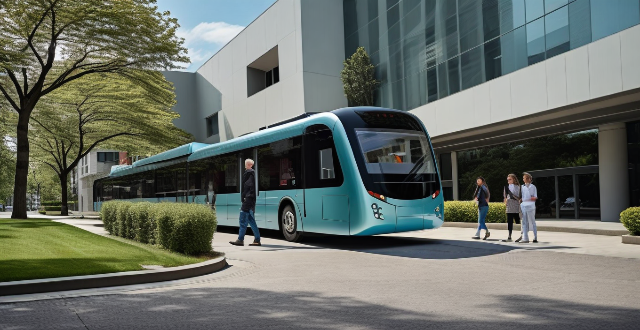The COVID-19 pandemic has had a significant impact on public transportation usage and safety measures, including decreased usage, increased sanitization efforts, mandatory face coverings, social distancing measures, reduced service levels, contactless payment options, and health screening measures. These changes have been necessary to protect the health and safety of passengers and staff, but they have also presented challenges for both individuals and transportation systems.

The Impact of COVID-19 on Public Transportation Usage and Safety Measures
The COVID-19 pandemic has had a significant impact on public transportation usage and safety measures. Here are some of the ways in which it has affected them:
Decreased Usage
One of the most noticeable effects of the pandemic on public transportation is a decrease in usage. With people being advised to stay at home and limit their movements, many have opted for private transportation or remote work instead of using public transport. This has led to a decline in ridership across various modes of public transportation, including buses, trains, and subways.
Increased Sanitization Efforts
To ensure the safety of passengers and staff, public transportation systems have increased their sanitization efforts. This includes regular cleaning and disinfection of vehicles, stations, and other high-touch surfaces. Hand sanitizers and disinfectant wipes are also made available for passengers to use.
Mandatory Face Coverings
Another safety measure that has been implemented is the mandatory wearing of face coverings while using public transportation. This is to reduce the risk of transmission through respiratory droplets. Passengers who fail to comply with this requirement may be refused entry or face penalties.
Social Distancing Measures
Social distancing measures have also been put in place to reduce the spread of the virus. This includes limiting the number of passengers allowed on board, marking seats or standing areas to maintain distance between passengers, and using signs or announcements to remind passengers to keep their distance from others.
Reduced Service Levels
Due to the decreased demand for public transportation, some operators have reduced their service levels. This includes reducing the frequency of services or even suspending certain routes altogether. However, essential services such as those serving hospitals or other critical infrastructure are generally maintained.
Contactless Payment Options
To minimize contact between passengers and staff, many public transportation systems have introduced contactless payment options. This allows passengers to purchase tickets or passes without having to interact directly with staff members. Some systems have also introduced mobile ticketing options that can be accessed through smartphones.
Health Screening Measures
In some cases, health screening measures have been introduced at transit hubs or stations. This may include temperature checks or questionnaires about potential symptoms or exposure to the virus. Passengers who exhibit symptoms or have recently been exposed to someone with COVID-19 may be denied entry or advised to seek medical attention.
Conclusion
Overall, the COVID-19 pandemic has had a significant impact on public transportation usage and safety measures. While these changes have been necessary to protect the health and safety of passengers and staff, they have also presented challenges for both individuals and transportation systems. As the situation evolves, it will be important for public transportation providers to continue adapting their strategies to meet the needs of their communities while maintaining a safe and reliable service.